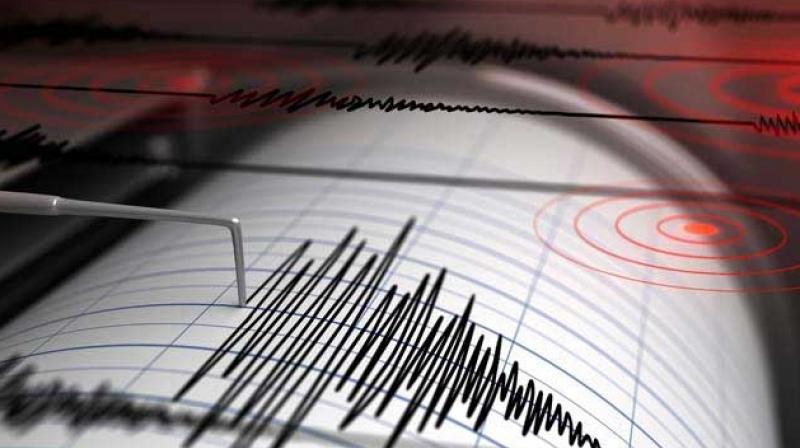Gravity signals to rapidly measure magnitude of big earthquakes

London: Scientists have developed a new gravity-based approach to quickly estimate the magnitude of very large earthquakes.
At present, scientists use seismic waves from a rupture to work out the scale of the event.
However, a new analysis of the 2011 Tohoku earthquake in Japan by researchers from Paris Diderot University in France and California Institute of Technology in the US shows that changes in gravity can give more rapid information.
After an earthquake, there is an instantaneous gravitational disturbance that could be recorded before the seismic waves that seismologists can detect.
This method could have accurately estimated that magnitude 9 tremor in minutes and not the hours it actually took.
As Japan's largest recorded earthquake, the Tohoku earthquake is probably best remembered for the huge tsunami it unleashed.
As well as killing around 12,000 people it triggered the meltdown of three nuclear reactors at the Fukushima Daiichi power plant.
In a study published in the journal Science, researchers have managed to observe these weak signals related to gravity and to understand where they come from.
Since they are sensitive to the magnitude of earthquakes, these signals may play an important role in the early identification of the occurrence of a major earthquake.
